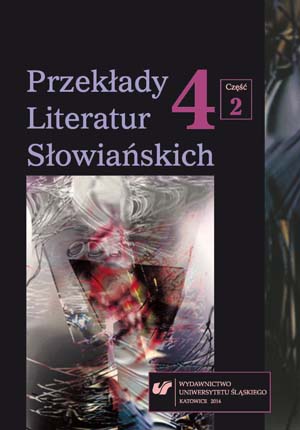

The text analyzes Vladimir Vidrić’s Pjesme in the light of cognitive poetics, utilizing methods of the cognitivist approach to literature. It discusses various levels of metaphorization and the role of cognitive subjects’ (characters and the poetic subject) in Vidrić’s poems. Special emphasis is laid on the position and on the changes of positions of cognitive subjects within the poems, situating thus Vidric’s poetics within the cognitivist context.
More...Keywords: the yat reflexes; epigraphy; Cyrillic inscriptions; ikavian manners
Th is paper analyzes the yat reflex in medieval Bosnian Cyrillic epigraphic texts. Classification of epigraphic corpus at two developmental stages corresponds to replacing yat, so that the oldest texts kept yat in its old value, while younger monuments of epitaphic period confirm various reflexes, of which ikavian is exactly the most frequent and is noted from the 14th century.
More...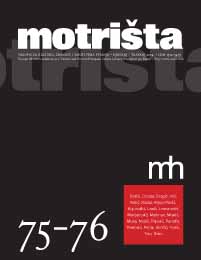
Chronology of cultural events in Mostar in the period October 2013 -March 2014.
More...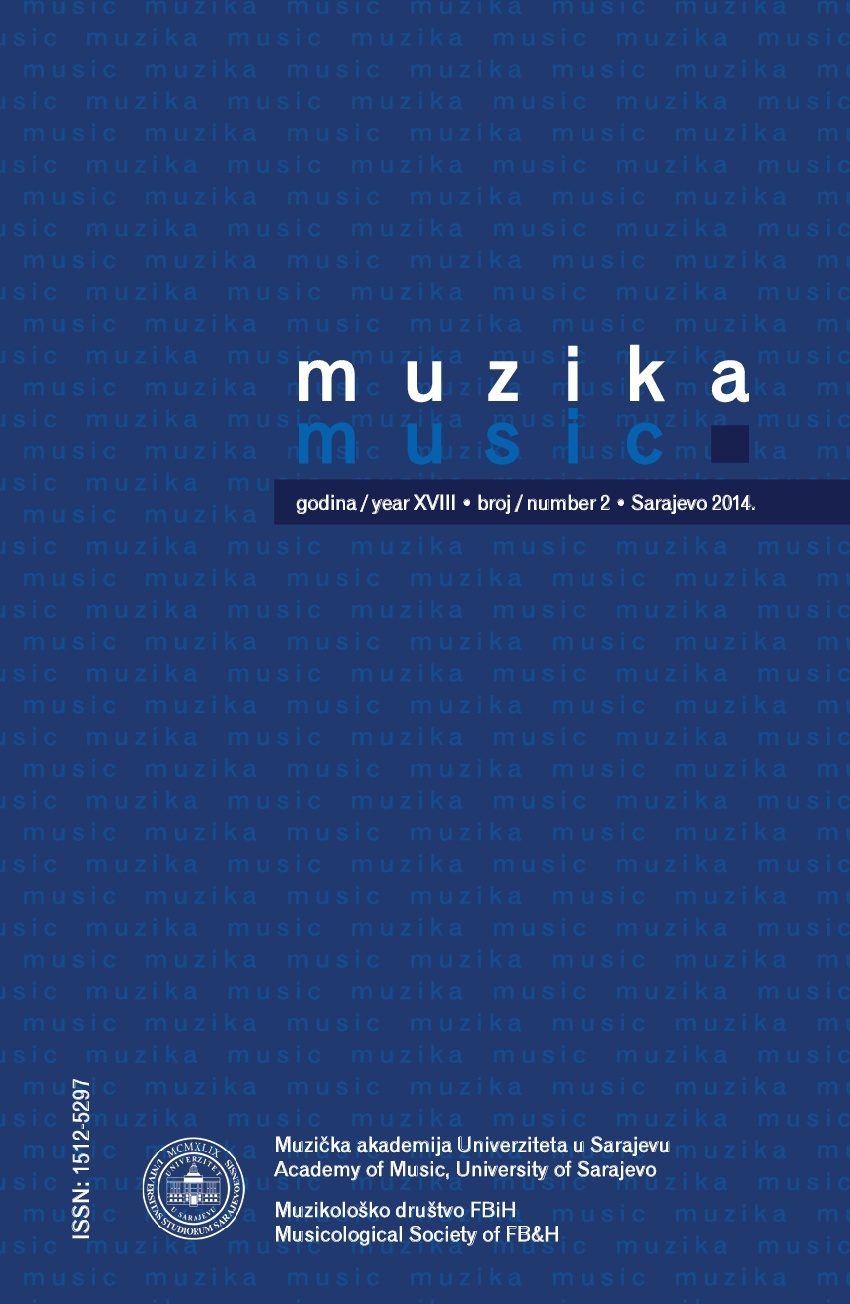
Senka Hodžić ̶ Hronika muzičkog života u Sarajevu. Juli–Decembar 2014.
More...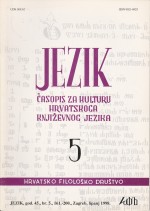
Keywords: Croatian language; Linguistics; Philology; Orthography;
Der autor macht in seinem Artikel aufmerksam auf das ungleichmassige Schreiben neues Typs der mehrteiligen Namen, auf das Zogern bei der Auswahl der Deklinationsmuster und damit auch auf die Abweichung in Kongruenz der mehrteiligen Namen mit anderen Wortem.
More...Keywords: Theatre; generation y; generation z; audience development; marketing in culture;
This paper presents scientific research at the national level in the Republic of Croatia, i.e. the analysis of the motives for the arrival of the younger age group, the generation Y so-called millennials and generation Z's in city and national theatres. The institutions of culture in the Republic of Croatia are always trying to find the best way to contain existing and attract new audiences. The aim of this paper is to investigate the development of young theatre audiences, i.e. their motives, but also the obstacles of attendance in to city and national theatres.
More...Keywords: Audit; Balanced Scorecard; Budgetary Users; Performance;
The paper aims to explore how the Balanced Scorecard method can improve budgetary users' performance audit in Croatia. Literature review on performance measurement in the Croatian public sector gives an overview of the development level in strategic planning, control, and monitoring performance. The paper gives some suggestions for improving Croatia's budget system based on the identified disadvantages and weaknesses in measuring and monitoring performance.
More...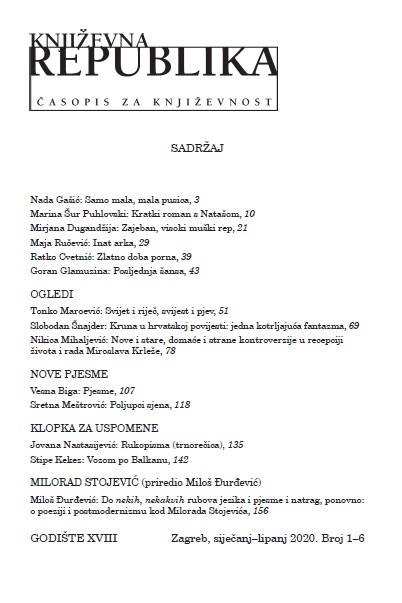
Keywords: Milorad Stojević; Poetry; Croatian literature; Postmodernism; A theory of Parody; Metafiction; Models of poetry;
Jedno od enigmatskih, prijepornih mjesta u književnokritičkoj literaturi iščitavanja, opisivanja pjesništva Milorada Stojevića terminološke je prirode. Većina je povjesničara i kritičara nastojala imenovati autorovu poetiku ne bi li time došli do što preciznije deskripcije sustava. Zapravo, nije problem u točnosti tih opisa, jer većina ih niti ne griješi, već u samoj potrebi za imenom. A iz mnoštvenosti imena poetikâ zapravo nemamo njezino ime, kako Leibniz imenuje — potpuni termin. Metaforički rečeno, književna se kritika oko nje vrti kao mačka oko vruće kaše. Za imati potpuni termin potrebno je imenovati dovoljan broj različitih stilskih, poetskih, ideoloških itd. karakteristika/ obilježja. Što je iscrpniji opis, time smo bliže svetome gralu književne kritike — terminu.
More...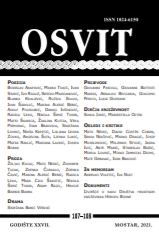
Keywords: Croatia; literature; association work report;
Izvješće je sačinjeno od informacija o izvršenju zadaća koje su proistekle iz odluka i zaključaka Skupštine Društva, Godišnjega plana rada te o njegovu izvršenju o urađenim projektima i programima, nakladničkoj djelatnosti, prijmom u članstvo te načelno o planiranim aktivnostima koje predstoje.
More...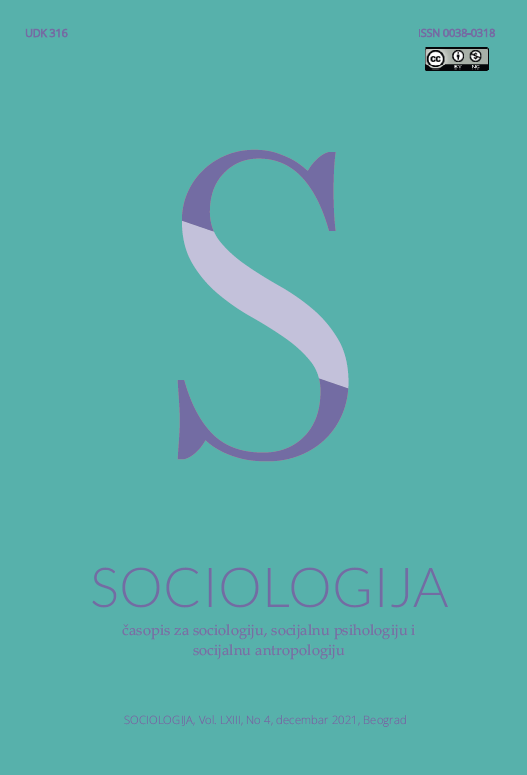
The paper explores relations of both Serbian nationalist and anti-nationalist intellectuals towards Karl Kraus’ work. Analysis of the “Last days ofmankind“ shows that Kraus wrote satires against ruling circles of the Habsburg Monarchy, demanded its reorganization, and even its destruction. He mostly ridiculed the top circles of the Habsburg Monarchy and German Reich, and unmasked their war plans against Serbia. He ridiculed warmongering Wiennese press, intellectuals, who betrayed their vocation by supporting German nationalism and Habsburg imperialism. Whereas some of the most distinctive Croatian Yugoslav-oriented intellectuals in the aftermath of WWI highly respected Karl Kraus, Serbian intellectuals have almost utterly neglected this talented non-conformist, who sympathised with Serbian and Yugoslav tendences despite their unpopularity in his own surroundings. Furthermore, interest for Kraus is much more visible in today’s Croatia than in Serbia. The paper’s goal is to offer an explanation of lack of interest for Kraus among Serbian intellectuals. In the twilight of socialism, majority of them showed nationalist parochialism, and a part of them expressed even unbridled warlike attitude, which contributed to thorough neglect of Kraus’ voluminous, intellectually demanded and uncompromising pacifistic work. At the same time, anti-nationalist and pacifistic intellectuals were prepared to pay attention only for such aspects of the Kraus work, while they have neglected other aspects such as his criticism of pan-German imperialist tendences recognizable throughout the short 20th century.
More...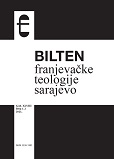
Keywords: Franciscans in Bosnia and Herzegovina; Franciscan Theology; Fr. Grgo Martić; life and work;
Teška i turbulentna vremena uzrokovana slabljenjem Osmanskoga Carstva („bolesnik s Bosfora“) imala su ozbiljne posljedice na položaj i stanje krš ćanskog stanovništva sve do austrougarskog zaposjedanja Bosne i Hercegovine (1878). U takvim društvenim prilikama živio je i djelovao fra Grgo Martić. On je bio angažiran na m nogim društvenim područjima života kao i u sferi kulture i prosvjete. Ovdje ćemo predstaviti sve važnije aspekte njegova djelovanja.
More...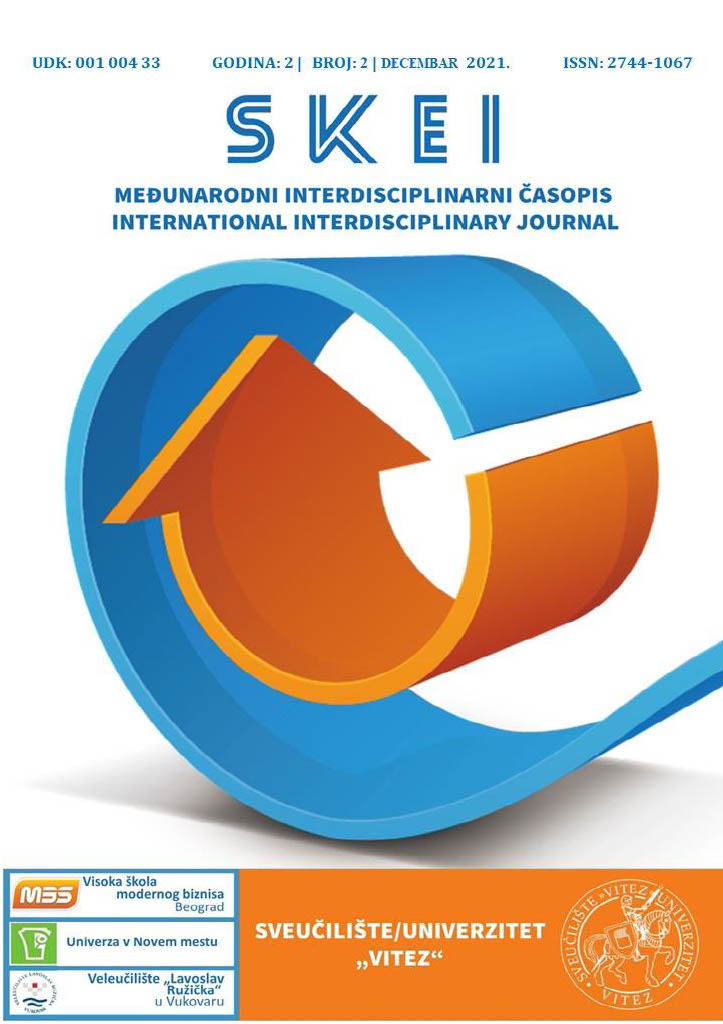
Keywords: local self-government unit; management; disposal; real estate; economic development;
For many years, local governments have not paid much attention to real estates they owned, but fortunately, that is slowly changing. With the implementation and adoption of the Report on the performed audit of the efficiency of real estate management and the disposal of local and regional self-government units for the period from 2012 to 2014, from March 2016, adopted by the State Audit Office, as well as the adoption of the State Property Management Act (Official Herald NN 52/18) and the State Property Management Strategy for the period 2019-2025. (Official Herald NN 96/19), a major shift has been made in the management and disposal of real estates owned by local self-government units (hereinafter: LGUs). When we talk about the concept of assets, we must emphasize that this paper focuses only on real estates (land, business premises, apartments) as the most valuable non-financial assets. Also, great progress in relation to the disposal of real estate has been made with the adoption of the Real Estate Evaluation Act (Official Herald NN 96/19), because it finallyregulated, in a unique way, the method of real estate market evaluation. The topic of the efficiency of management and the disposal of real estate owned by local self-government is increasingly occupying the interest of the leaders of these units, their employees, the public, the scientific community, and especially the local economic community. Effective real estate management in a local unit has a direct impact on creating a better life for the local population and greater interest from potential investors. This paper will emphasize the responsibility of local selfgovernment to approach real estates in their ownership responsibly and in a way so that the following elements are always transparent: how much real estates the LGU has, how much they are worth, how much is spent on them, how much income they bring in, and who uses them and under which conditions. All of the above is necessary to obtain the highest quality information needed to make decisions important for the local economic development, as well as to prepare strategic plans for real estate management and disposal.
More...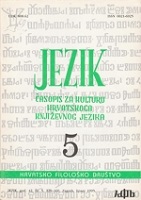
Keywords: Croatian Word; jackpot; Croatian language;
The author examines the entries to the competition Replacing jackpot with a Croatian Word (sponsored by „Jezik“ and the Croatian State Lottery).
More...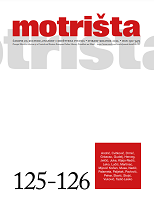
Keywords: Pero Pavlović; Croatian poet; Croatian literature;
Tekst uz pojavak stihozbirke Pere Pavlovića s naslovom Vrutak, stručak, sinje blago; izd. Društvo hrvatskih književnika, Zagreb, 2009.
More...
Keywords: book review; liberalism; political philosophy;
Review of: Patrick J. Deneen Zašto liberalizam nije uspio Verbum, Zagreb 2020., preveo Mijo Pavić.
More...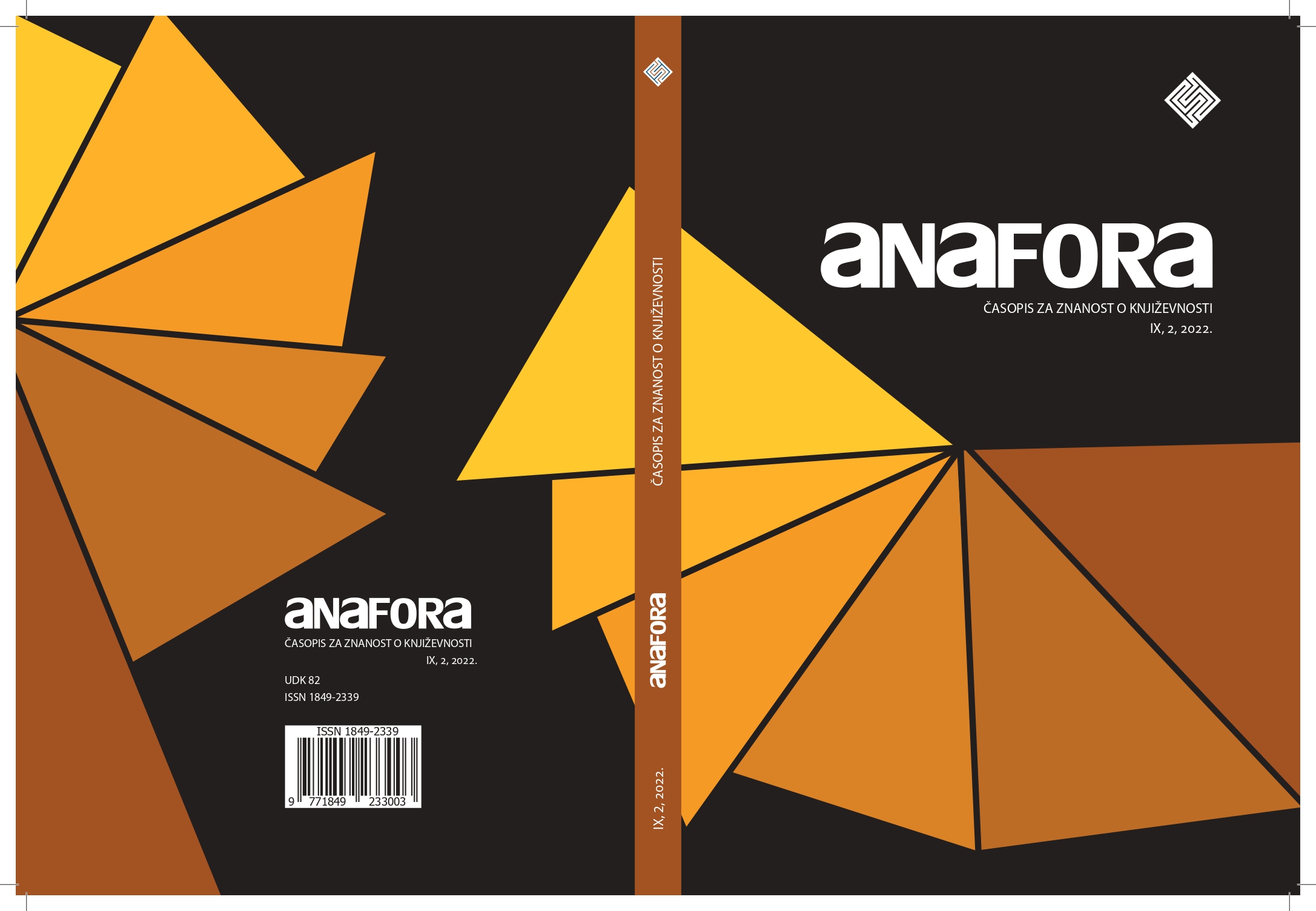
Keywords: Marulić; Judita; scientific monography;
Review of: Ružica Pšihistal, Studije o Marulićevoj Juditi, Hrvatska sveučilišna naklada, Zagreb, 2022, 330 str
More...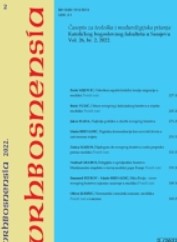
Keywords: Zorica Maros; Virtues; worship;
Review of: Zorica Maros, Kreposti i bogoštovlje, Sarajevo: Katolički bogoslovni fakultet, 2022., 309 str.
More...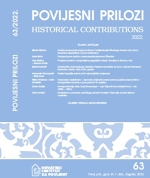
Keywords: The Danube in Croatian history and culture; review;
Review of: Josip Parat, ur., Dunav u hrvatskoj povijesti i kulturi. Zbornik radova sa znanstvenog skupa s međunarodnim sudjelovanjem održanog u Slavonskom Brodu i Vukovaru 10.-12. listopada 2018., Slavonski Brod: Hrvatski institut za povijest, Podružnica za povijest Slavonije, Srijema i Baranje, 2021, 556 stranica
More...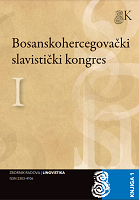
Keywords: Croatian language; Australia; multilingualism; language preservation;
Contemporary Australian society with its developed multiculturalism policy encourages all Australian immigrants to preserve mother tonque language and culture, and the system of regular education also encourages second and third generation children of immigrants to learn their ancestor’s language in the national educational curriculum. The author in this paper analyzes the work of Saturday and ethnic schools in three Australian states, South Australia, Victoria and New South Weles, where as part of the educational program Croatian language classess are taught in grades 1-12. The collected dana covers altogether fifteen school centers of the above mentioned three states where Croatian language classes are taught.; two centers in the state of South Australia – School of Languages and the Croatian Sport Centre in the city of Adelaide; six centers in the state of Victoria – Altona, Keilor Downs, Roxburgh Park and Westall in Melbourne and three centers in the town of Geelong – Holy Family Primary School, Victorian School of Languages (North Geelong) and the Croatian Catholic Centre; six centres in the state of New South Wales – Terrey Hills, Strathfiled, Beverly Hills, Liverpool, Blacktown and one centre in the town of Wollongong (Croatian Catholic Centre). The goal of this analysis is linguistic behaviour of 550 students and 60 teachers in these centres since the students are second, third and even fourth generation of Croatian immigrants, and the teachers are mostly second generation of immigrants, which unfortunately is a confirmation of evident loss of bilingualism in Australia.
More...